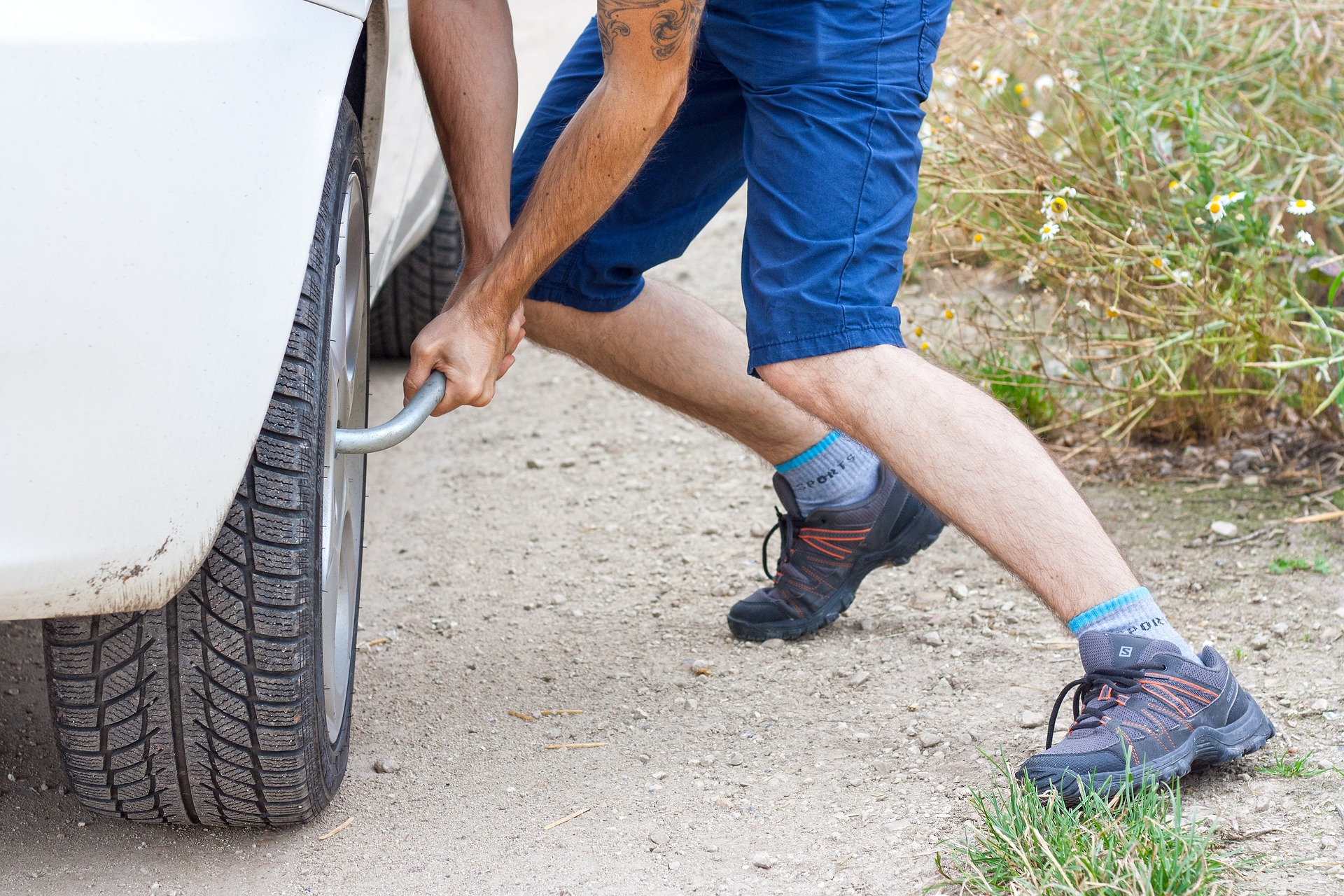
Most likely, a friend or family member has told you that it’s important to change your tyres on a regular basis, such as every three years or 30,000 kilometres. Although it would seem rational, it is inaccurate that your Tyres Alvediston need changing after a certain amount of time or mileage!
The weather, the state of the roads, and a person’s driving habits are just a few of the many variables that affect tyre wear. Thus, the primary determining factor used to determine whether a tyre should get replaced is really tread depth rather than a time- or distance-based scale.
It’s a good idea to have all four of your tyres replaced at the same time when having them replaced. By doing this, any grip disparities between the semi-worn and fresh tyres get eliminated, which can sometimes lead to handling issues that could lead to accidents. Put the new tyres on the rear wheels for better traction and stability if it is unavoidable that you only need to replace two tyres.
Tread Depth: What is it?
The tread depth is the distance between the surface of the tyre and the bases of the grooves.
In an ideal world where the sun never sets and the roads are always dry, a tyre’s tread actually degrades a car’s performance since it narrows the contact patch. But there are stormy days and unexpected puddles you have to drive through, so the world isn’t flawless.
Thus, the tread of your tyre assumes the function of removing water from the contact patch and enhancing the tire’s ability to cling to the surface! It becomes practically impossible to stop, turn, accelerate, or take a bend when your tyres lack tread, which drastically limits their ability to grip a wet road.
The deep drainage channels will be able to discharge water most effectively with a deeper tread depth, such as when your tyres are fresh. Driving causes your tyres to deteriorate and the tread depth to diminish, which reduces the effectiveness of water dispersion.
UK law mandates that all cars have a minimum 1.6mm of tread depth due to the increased risk of aquaplaning or hydroplaning when utilising tyres with thin tread.
Use a tread depth gauge, which is readily accessible at your neighbourhood workshop or accessories store, to determine whether the tread depth on your tyre is still within the legal limit.
You can also keep an eye out for the embedded tread wear indicator bars at the 1.6mm point; if the tread is flush with the indicator bars, it’s time for replacement tyres.
What Tyre Damage Types Encourage A Replacement?
Even though they appear to be holding pressure, in some cases if your tyre is damage, you may need to replace it before its time.
It’s possible for your tyres to sustain damage for a number of causes without you being immediately aware that something is wrong. The most frequent sorts of damage for most drivers are bulges and cuts or tears.
External factors like poor road conditions, protruding car bodywork, or sharp foreign items like stones or glass on the road can cause tyre cuts or tears.
Bulges in tyres indicate internal damage, which may have resulted from curb strikes, potholes, or other road hazards. potholes, or road dividers too quickly or at an incorrect angle.
How Often Should I Replace My Tyres?
Even though we previously stated that tyres do not need replacing at regular intervals, there are some exceptions, particularly if you own a car that is rarely used, such as an off-peak car (OPC) or historic automobile.
The tyres will start to age and oxidise if they are not kept inactive and stored in a dry place away from sunshine and heat. When oxygen interacts with the components in rubber, oxidisation takes place, which results in the rubber becoming harder and more brittle over time.
Therefore, it’s advised that you replace tyres that are more than ten years old, even if they appear to be in excellent condition. Tiny, barely perceptible cracks may have developed on the tread and sidewall of the tyre as they become stiff and brittle, which means that grip may be severely decreased.
Is it Possible For A Tyre Pressure Monitoring System ( TPMS ) To Inform Me When My Tyres Need Changing?
It’s possible that you’ve heard rumours that a Tyre Pressure Monitoring System (TPMS) can notify you when it’s time for new tyres, but this is untrue.
When your tyre pressure drops below a predefined level, a TPMS will sound an alarm to warn you that you may be driving in dangerous conditions. If your TPMS light is on, it does not indicate that you need to replace your Tyres Shaftesbury ; rather, it just indicates that the system has identified that they may get underinflated or leaking air.
